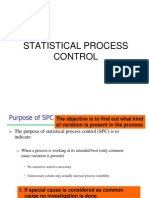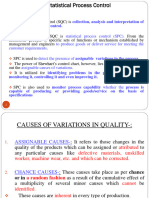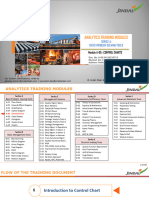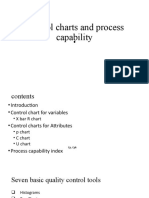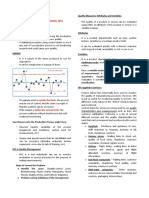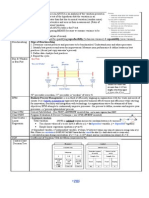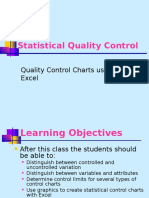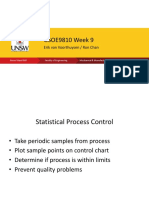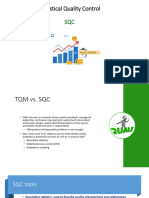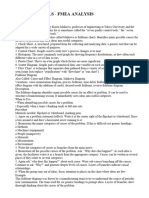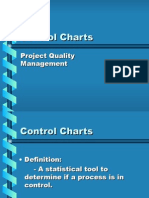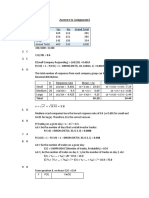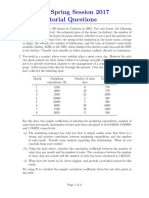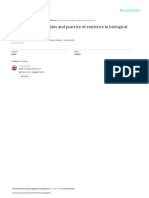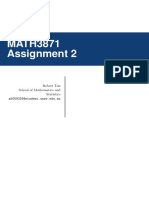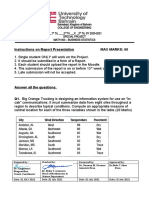0% found this document useful (0 votes)
38 views9 pagesControl Chart
Control charts in metrology and quality assurance
Uploaded by
fbise12345sargodhaCopyright
© © All Rights Reserved
We take content rights seriously. If you suspect this is your content, claim it here.
Available Formats
Download as PPTX, PDF, TXT or read online on Scribd
0% found this document useful (0 votes)
38 views9 pagesControl Chart
Control charts in metrology and quality assurance
Uploaded by
fbise12345sargodhaCopyright
© © All Rights Reserved
We take content rights seriously. If you suspect this is your content, claim it here.
Available Formats
Download as PPTX, PDF, TXT or read online on Scribd
/ 9

